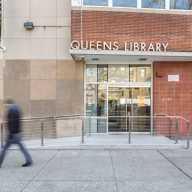Just in time for summer break, the New York Hall of Science (NYSCI) in Queens is set to officially reopen its doors to the public on July 8 after it was closed for nearly 18 months because of the COVID-19 pandemic.
Dr. Margaret Honey, president and CEO of NYSCI, was visibly excited about the re-opening and shared that her entire team used the involuntary hiatus to invest in improving the experience for visitors.
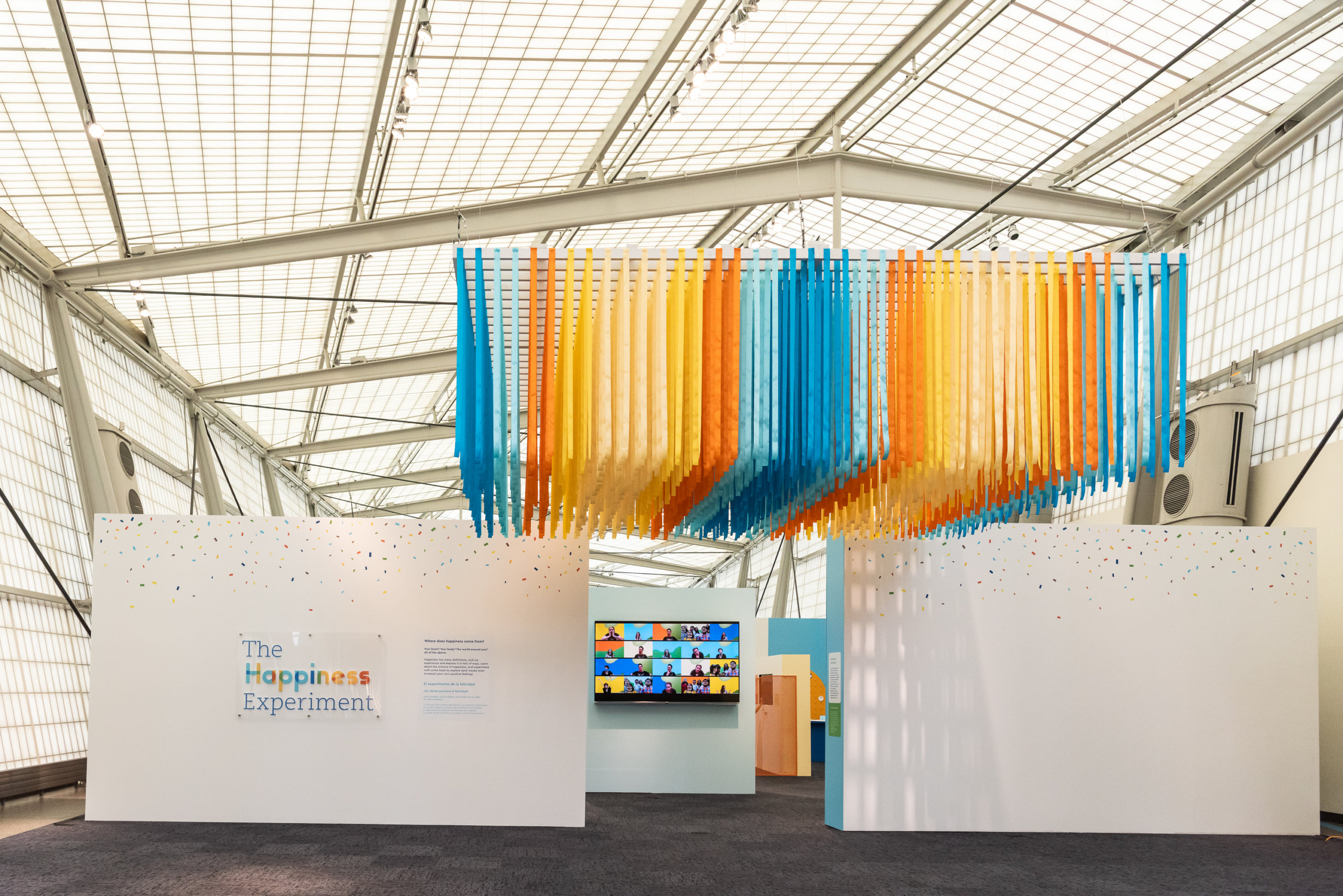
“Our amazing exhibits team has not only created this beautiful happiness experience, but throughout the entire building, there are new experiences and refreshed experiences, and they’ve just been amazing,” Honey explained on July 2. “This day has been a long time in the making, and we are thrilled.”
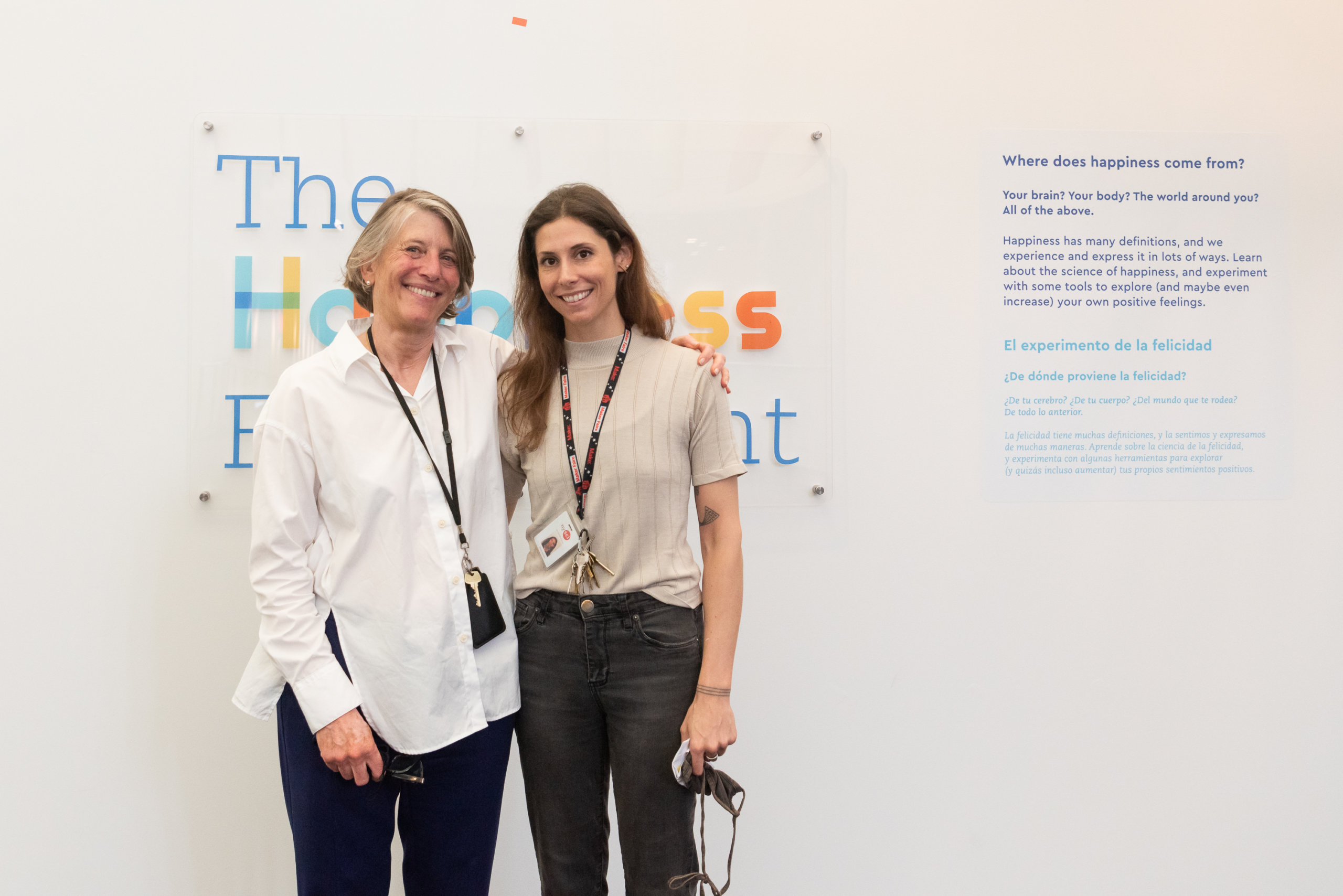
One of the new experiences is “The Happiness Experiment,” created during the COVID-19 pandemic. It delves into the neuroscience and social science of happiness and invites visitors to explore what happiness means, how it shapes their lives, and how they can have greater control over an emotion that became more meaningful during the COVID-19 pandemic.
Dana Hemes, exhibition content developer for NYSCI, explained that they began developing the idea for the experiment in 2019, which initially was intended to be a “delightful experience” for the holidays. However, as the COVID-19 pandemic in 2020 progressed, it encouraged the team “to rethink the theme of happiness and the role of it in our lives.”
“We were noticing that even through this challenging time, people were finding these moments of joy or happiness, and that was actually quite beneficial,” Hemes said before explaining that the experiment focuses on areas people have control over. “If 2020 taught us anything, you don’t have control of the world around you. We wanted to empower our visitors to leave feeling a little bit more knowledgeable about how their brains and bodies work. But also have a set of tools in their back pocket, so they can maybe practice some of these habits and integrate them into their lives.”
Located on the upper level of the north wing, “The Happiness Experiment” is filled with numerous immersive areas which invite visitors to explore the different variables that affect happiness levels and discover how environmental, social and behavioral factors can affect emotions and well-being.
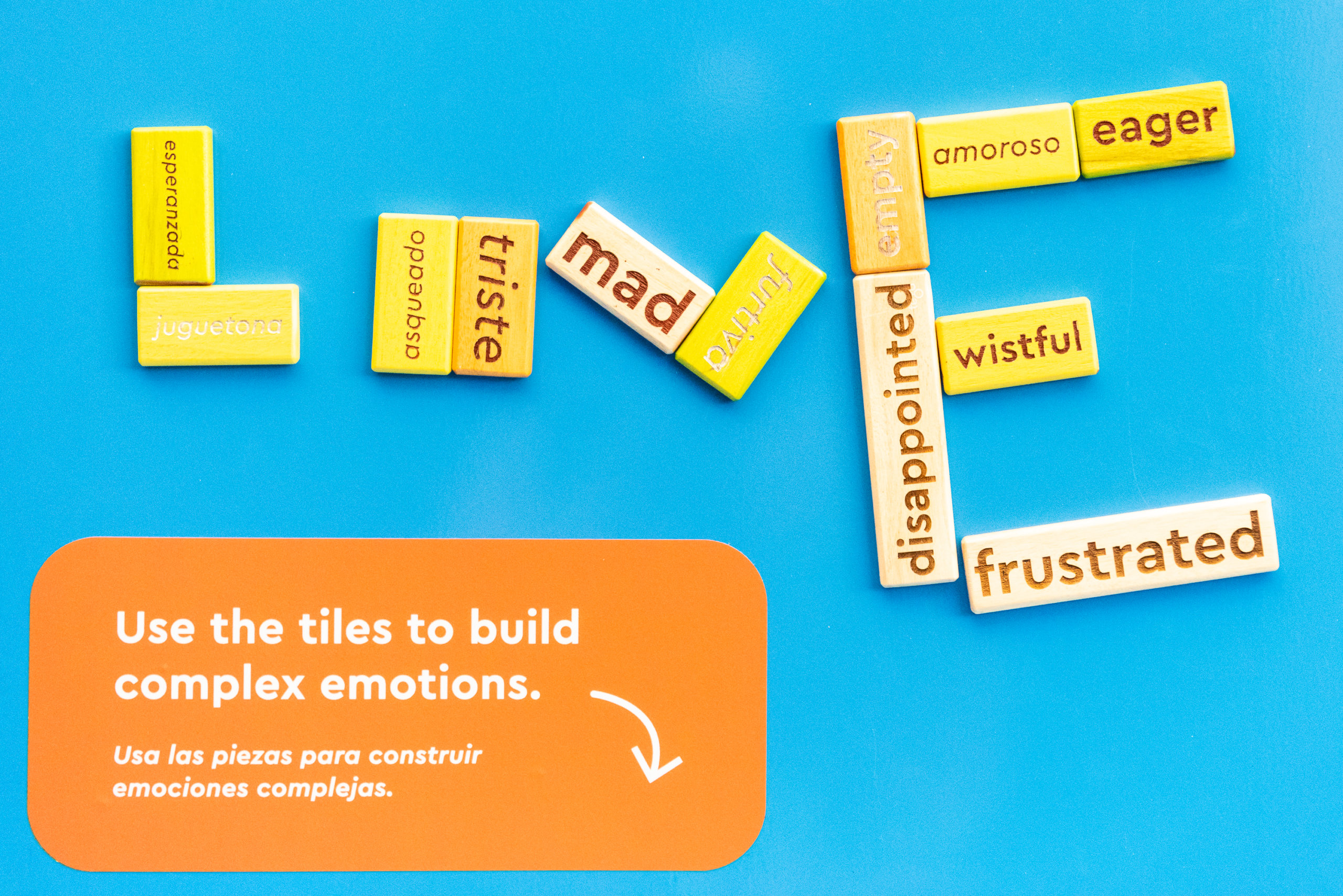
Some areas teach how the external world affects the mood, while some encourage guests to look at the mind and body connection. The experiment teaches visitors how to have greater control over their happiness, even in the face of challenges and other influences.
The photo booth experience asks visitors to express six different positive emotions, which are projected on different colored backgrounds and show that happiness isn’t the only beneficial feeling.
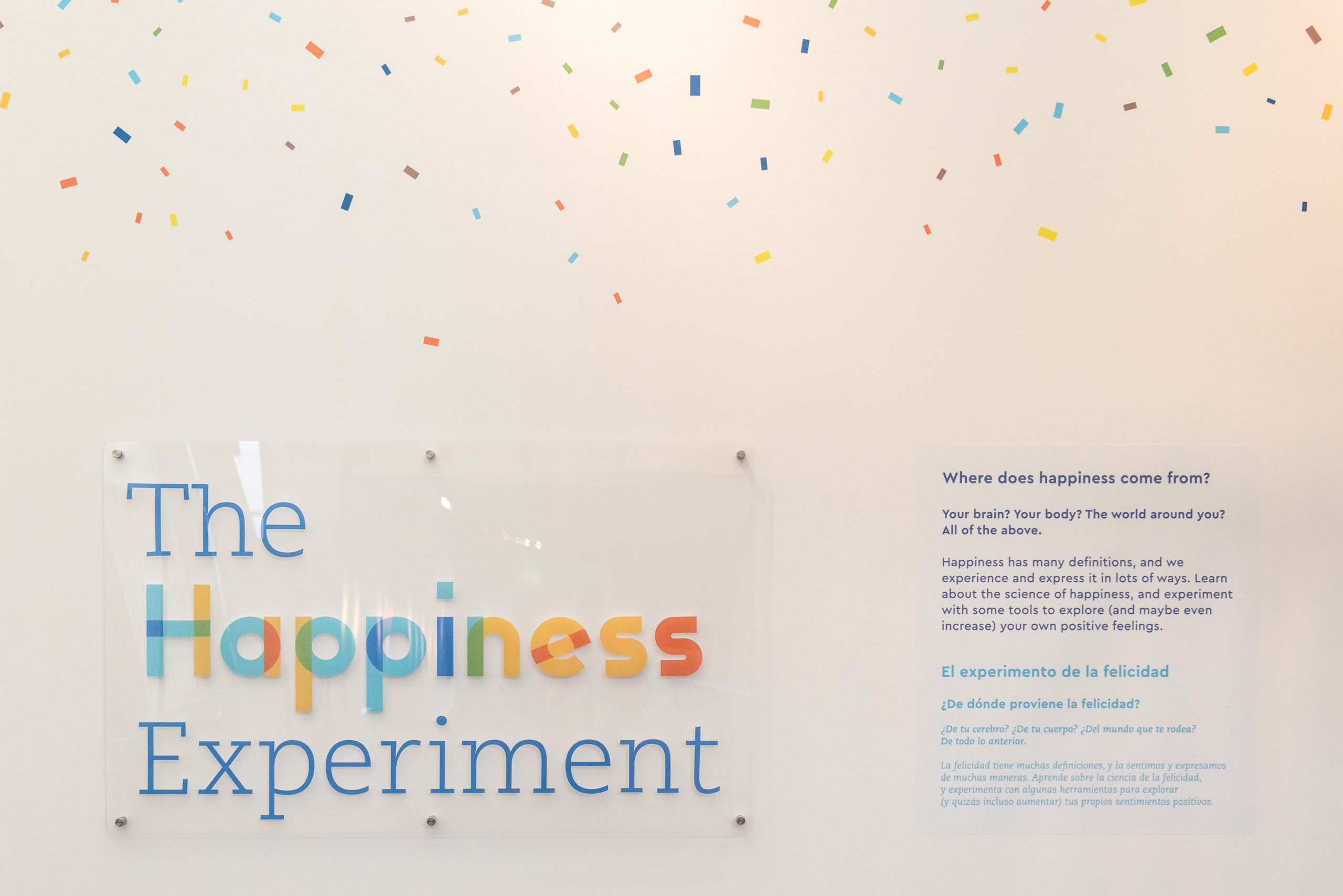
The “Happiness is Fleeting” activity addresses hedonic adaptation, which means that the influx of happiness eventually will return to the normal sense of joy and well-being. Simply put, nothing will make one happy forever, not even winning the lottery.
Visitors can turn dials with symbols like an alarm clock, ice cream, dancing or a spider indicating whether the image makes them happy or unhappy. The dials immediately kickback to the baseline at different speeds.
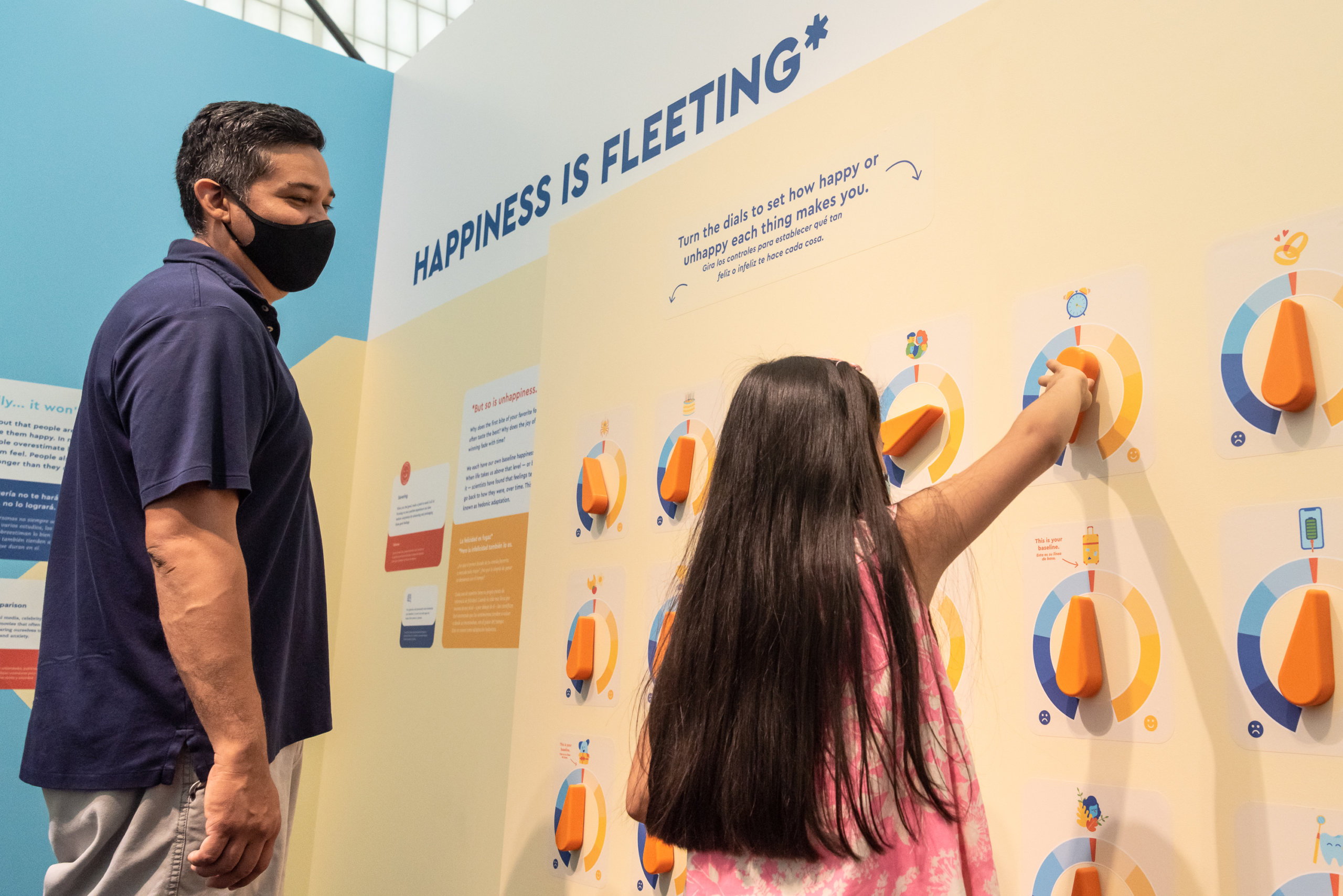
The “Higher Energy” area shows how exercise plays a vital role in improving mental well-being, while the natural area next to it explains a practice called “Forest Bathing,” which originated in Japan in the ’80s.
“Basically, you’re hanging out with these plants. It reduces cortisol, it can reduce your blood pressure, and it’s been proven to be quite useful for you,” Hemes explained.
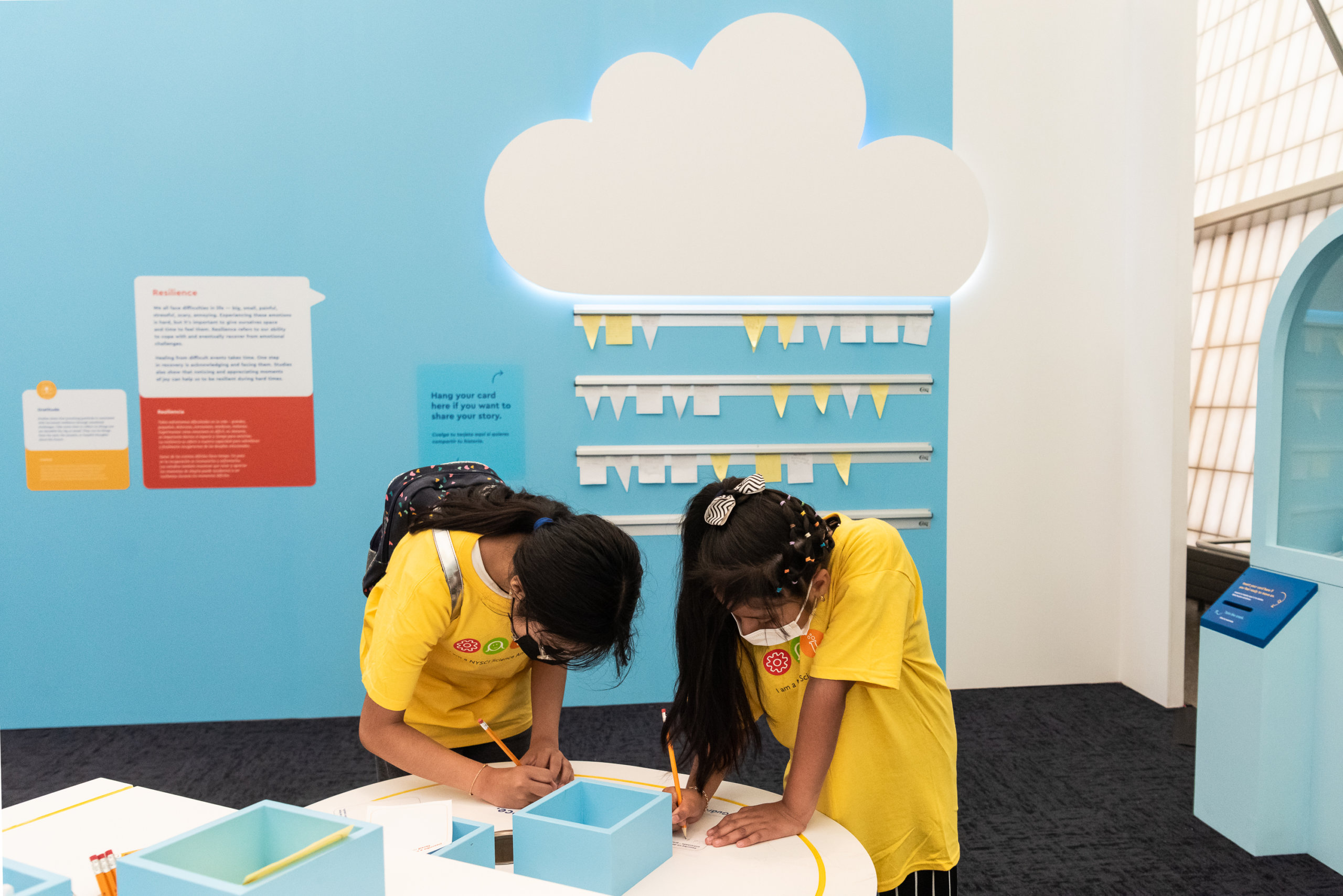
Another experiment asks visitors to write down their stories, which they can either share with other visitors or shred.
Visitors can buy timed tickets online, and for the safety of all guests, masks will be required for all patrons.















